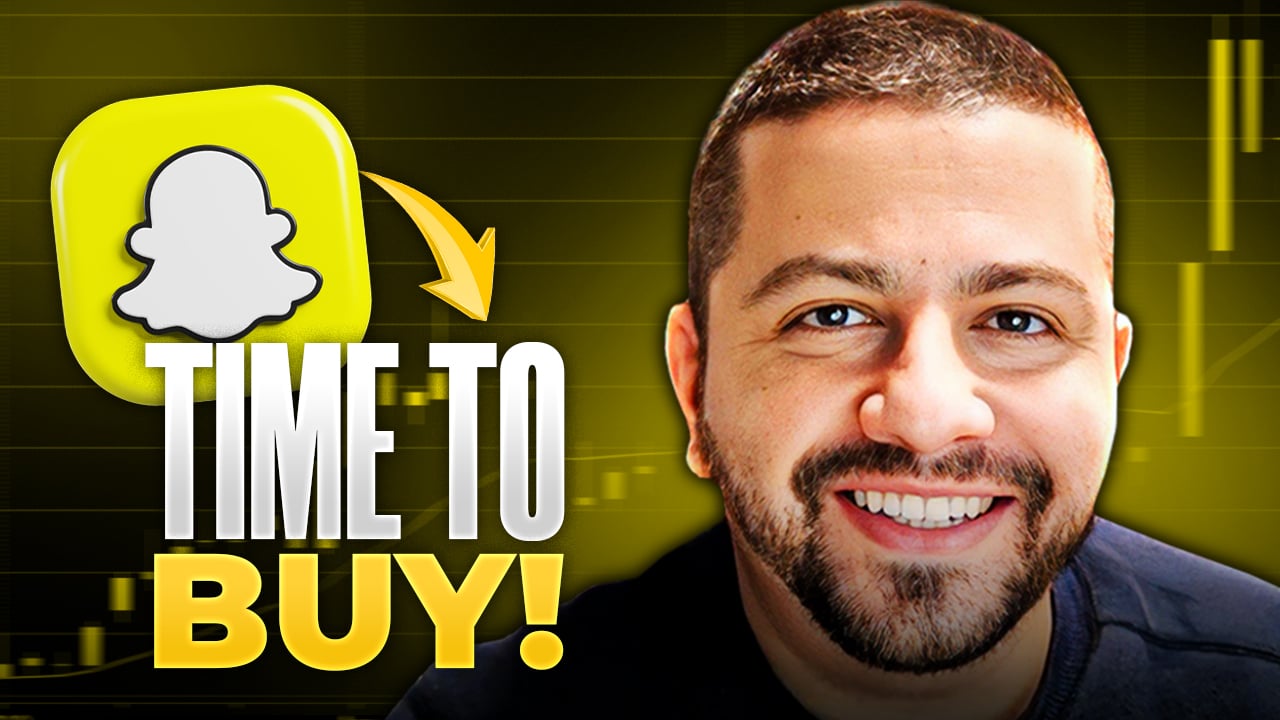Snap (SNAP 4.32%) recently rolled out a self-serve platform for Snapchat ad buyers. But its second-quarter results show that the efficiencies of letting advertisers buy ads themselves haven't shown up in Snap's bottom line. In fact, Snap's sales and marketing expense in the second quarter climbed to 50% of revenue, up from 34% in the second quarter last year.
Snap's profitability depends on its ability to leverage its operating expenses. Snap continues to invest heavily in R&D in order to stay ahead of competition. For now, operating leverage will have to come from sales and marketing, and the self-serve platform is key to that. But investors might have to be patient for the sales team to show improved efficiency.

Image source: Snap.
Increasing the headcount
Snap's sales and marketing headcount increased 160% year over year last quarter. Snap is bringing on new salespeople to introduce the self-serve platform and other ad buying options like using its API partners. These more automated formats ought to provide better returns on investment for ad buyers, and they should make the ad sales team more efficient since each new ad sale doesn't require direct contact with the buyer.
But even the surge in new salespeople doesn't account for the increased sales and marketing expense. While headcount increased 160%, the sales and marketing line item increased 270% year over year. Unless Snap is paying these salespeople a heck of a lot more than last year, something else is happening, too.
Snap also mentions "marketing events" in its 10-Q as a reason for increased sales and marketing expenses. Those could be related to its Spectacles, or it could be related to its coupon program for advertisers to use its automated ad buying platforms. They were meaningful enough for Snap to mention them, but not meaningful enough to be more specific.
But ad prices went down
Although ad impressions increased thanks to the automated ad buying platform, it had the negative effect of lowering average ad prices. The self-serve platform uses auction pricing instead of the set prices Snapchat uses when it sells ads directly. As the self-serve platform doesn't have that many bidders yet, early adopters are getting relatively low prices.
On the earnings call, Chief Strategy Officer Imran Khan told analysts that the cost per install for app install ads fell 80% since launching the auction. It's not clear whether that's more a benefit of improved targeting through the ads API or if it's mainly due to lower ad prices.
Last quarter, 60% of ads were bought through the self-serve and API platform. That percentage ought to get even larger over time. But Snap will need to attract a lot more advertisers to its automated platform in order for it to make up the gap in ad pricing.
Management is optimistic it will improve
The growth in sales and marketing headcount is already beginning to moderate. In the first quarter, Snap's sales and marketing headcount was up 230% year over year. That was down to 160% in the second quarter, and it ought to continue to decline as Snap leans more heavily on the self-serve platform.
Those salespeople will be tasked with attracting new ad buyers to the self-serve platform and showing them how to use it. As a result, Kahn said he expects "to see improved productivity out of our sales organization as we [roll] out all of these efficient buying tools for our advertisers."
The efficiency of the sales and marketing team will certainly be something for investors to keep an eye on, as it's a good indicator of Snap being able to attract more advertisers to its platform and increase average ad prices.






